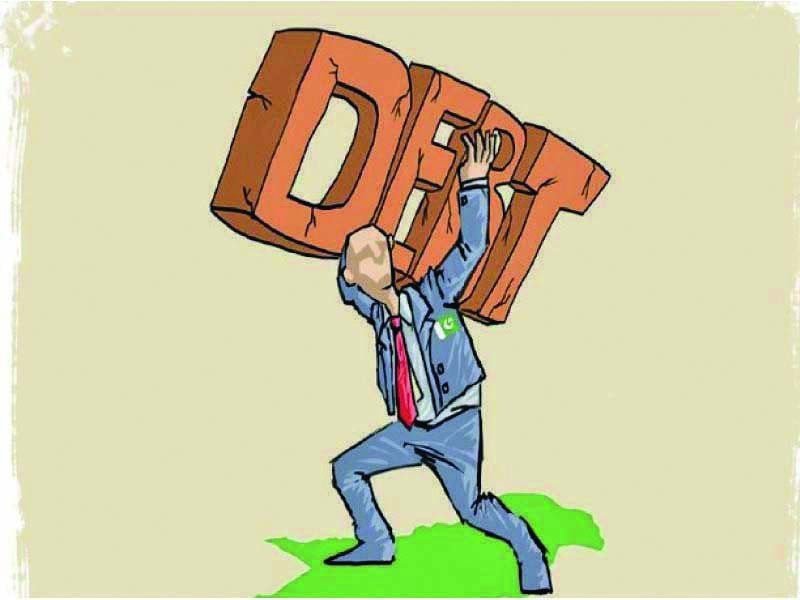Abdul Rehman Niazi
Pakistan’s Finance Minister recently expressed deep frustration over how economic decisions are being made using outdated and inaccurate data. His concern is not just emotional—it reflects a serious issue at the heart of the country’s policymaking process. The Pakistan Bureau of Statistics (PBS), responsible for collecting and reporting key economic data, is now under sharp scrutiny, and rightly so. When national policies are based on flawed numbers, the consequences ripple across the entire economy.
The current controversy erupted when PBS released questionable figures for the country’s GDP growth. According to PBS, the last quarter of the fiscal year 2025 (FY25) saw over 5% economic growth—a number many economists and experts believe is highly exaggerated. Criticism came from all sides, including economists, international organizations, and this publication, all pointing out that such figures are simply not supported by ground realities.
One of the most alarming examples is the reported growth in the livestock sector. Livestock contributes nearly two-thirds of Pakistan’s agricultural output. While data shows that the country’s major crops have declined by 13.5%, PBS somehow estimates livestock growth at 4.8%. This would be easier to believe if recent data existed—but the last proper livestock census was conducted in 2005-06. A new survey was due in 2021 but has faced constant delays and is still unfinished. When asked about this, the chief statistician bizarrely blamed “political instability” for the five-year delay—a poor excuse for such an essential responsibility.
Even more confusing is how PBS justifies livestock growth. Officials claim it is based on an increase in annual fodder consumption. But how can fodder consumption be increasing so sharply when fodder crop production is, in fact, declining? Their explanation doesn’t add up, especially when PBS’s own methodology says the data is based on natural livestock growth using 2015-16 prices. Yet, both the logic and numbers seem flawed.
The problems don’t end there. In the industrial sector, PBS reports that Small-Scale Manufacturing (SSM) grew by 8.8%, while Large-Scale Manufacturing (LSM) fell by 1.5%. But this raises a critical question: how can small industries grow when the bigger industries that support them are shrinking? That’s like saying car parts manufacturers are doing great while car production is going down. It defies basic economic logic.
Another questionable figure is the 6.6% growth in the construction sector, while local cement dispatches—a key indicator of construction activity—are down by 3%. PBS tries to justify this by assuming full use of the Public Sector Development Programme (PSDP) budget. However, in reality, the PSDP was severely underutilized during the first nine months of FY25. It’s unrealistic to expect full spending in the final months, especially when the government is trying to reduce its fiscal deficit.
Perhaps the most unbelievable claim is about the electricity, gas, and utility sector. PBS states it grew by a whopping 29%, which would mean over 100% growth in the final quarter alone. Yet, the National Transmission and Dispatch Company (NTDC) reported that electricity generation actually fell by 0.3% during the first 11 months of FY25. Similarly, a 10% growth in public administration and social security doesn’t make sense either, especially when the government’s current spending is stagnant in real terms.
Please, subscribe to the YouTube channel of republicpolicy.com for quality content.
All these inconsistencies suggest a worrying trend: there may have been a deliberate attempt to exaggerate GDP growth. This is deeply concerning because PBS operates under the Planning Ministry, and its data directly informs national policies. If these numbers are manipulated or even just poorly calculated, they mislead the government, investors, and the public.
The finance minister’s public criticism of PBS reflects just how serious the situation has become. But pointing fingers isn’t enough. There is an urgent need to reform PBS and ensure the credibility of the national data system. The problem is not limited to GDP figures—other critical indicators like unemployment, poverty, household income, and population data are also outdated or unreliable. These statistics play a key role in shaping policies on education, health, employment, and poverty alleviation.
One major issue is that PBS lacks both capacity and independence. Ideally, it should function like the State Bank of Pakistan—technically autonomous and free from political interference. However, in practice, PBS remains weak. Its leadership lacks the technical depth and professional seriousness required for such a critical role. The current chief statistician, instead of accepting criticism and working towards reform, has taken a defensive and dismissive approach. That kind of attitude cannot be tolerated in an institution that serves as the backbone of national policy.
For Pakistan to move forward economically, it needs reliable, current, and transparent data. This means recruiting competent professionals with integrity—people who understand statistics, can lead independently, and are willing to stand by facts even under political pressure. Accurate data isn’t just a technical need—it’s a national necessity. It guides public policies, informs investment decisions, and shapes the way people understand their economy.
In an era where decisions must be quick, targeted, and based on facts, relying on outdated or manipulated data can be catastrophic. Pakistan’s economic planning cannot be built on assumptions and guesswork. If PBS fails to do its job with honesty and accuracy, the entire nation pays the price.
The government must act now. Reforms must begin with leadership change, capacity building, and a clear commitment to transparency. Otherwise, Pakistan will continue to drift with policies rooted in fiction rather than fact—and that is a risk the country can no longer afford to take.














